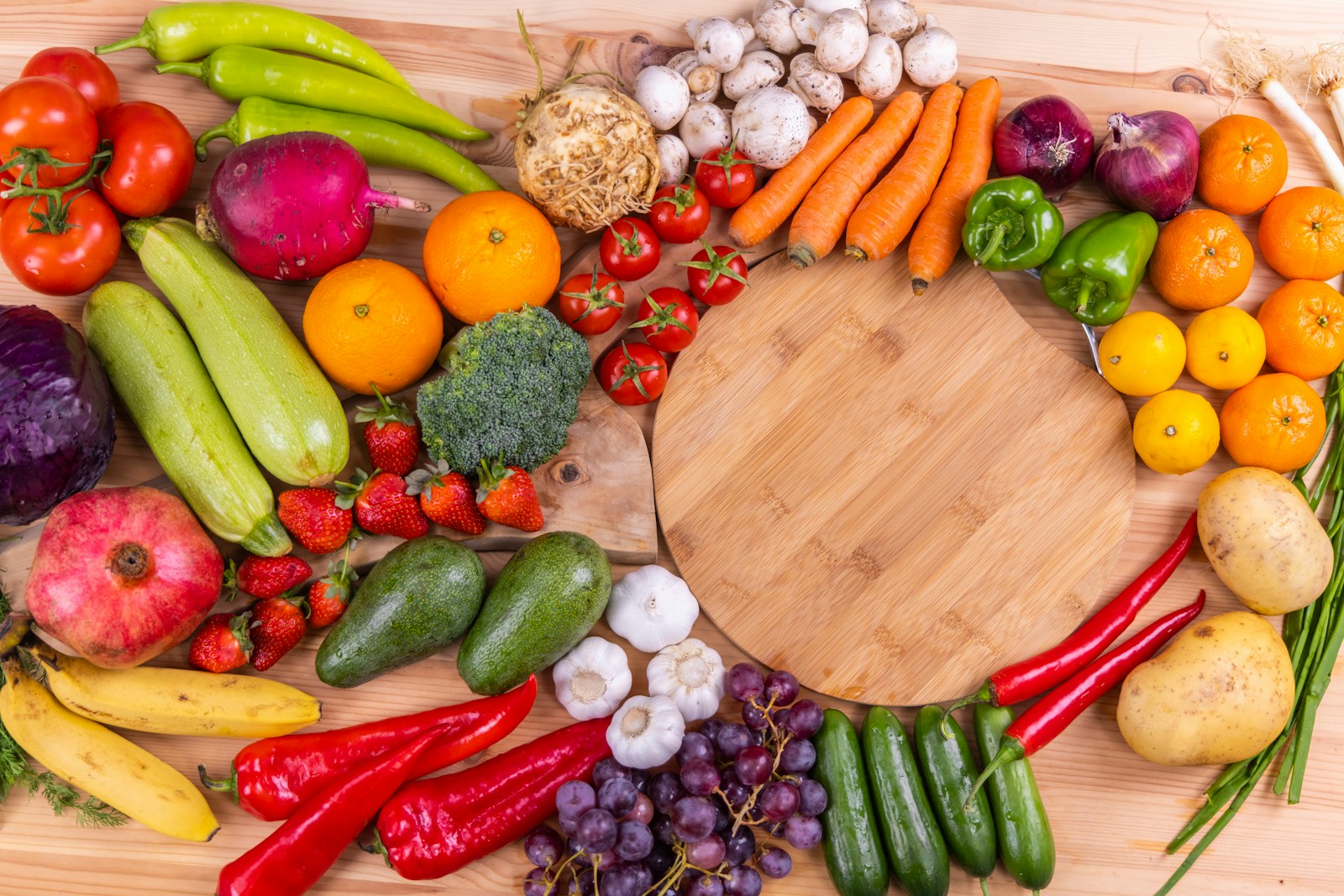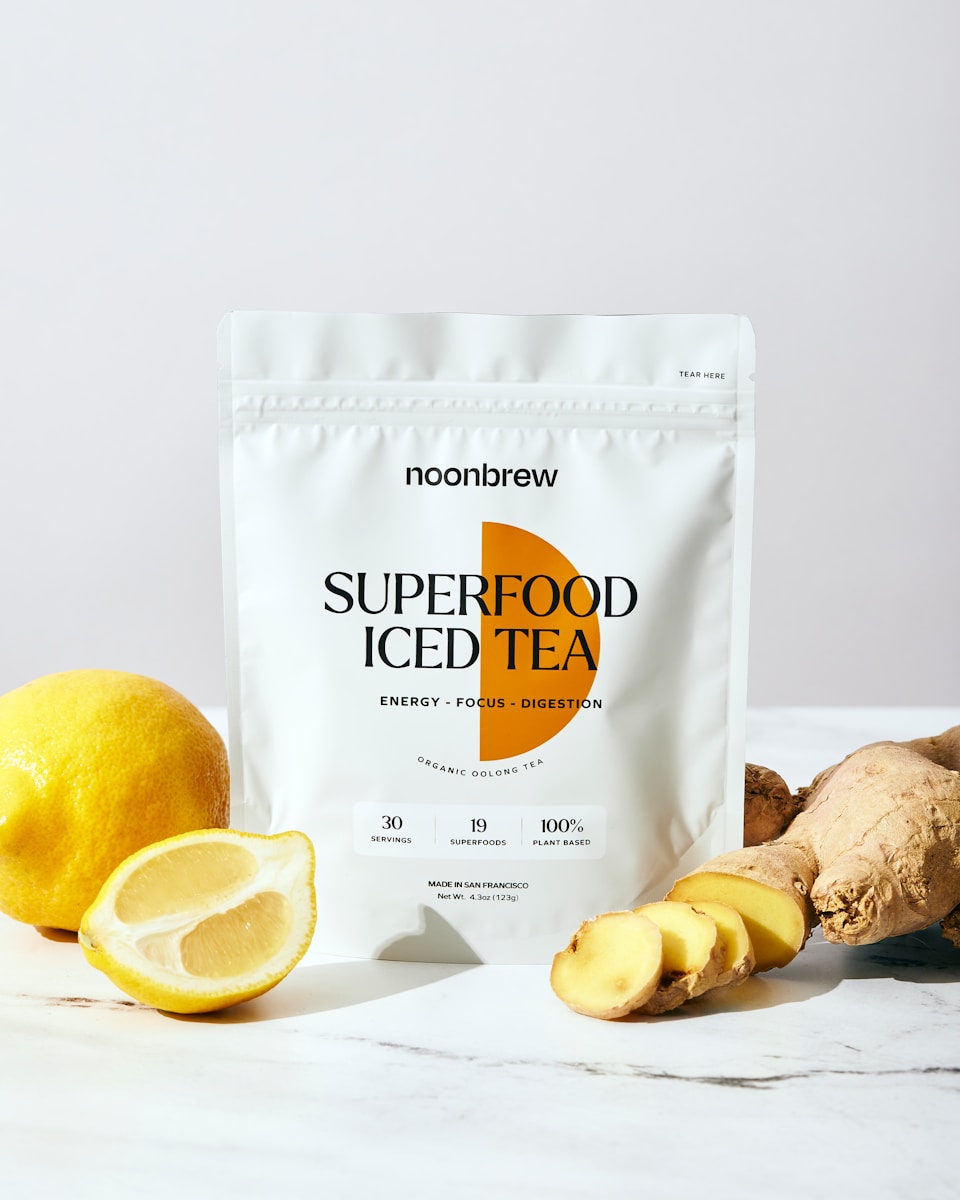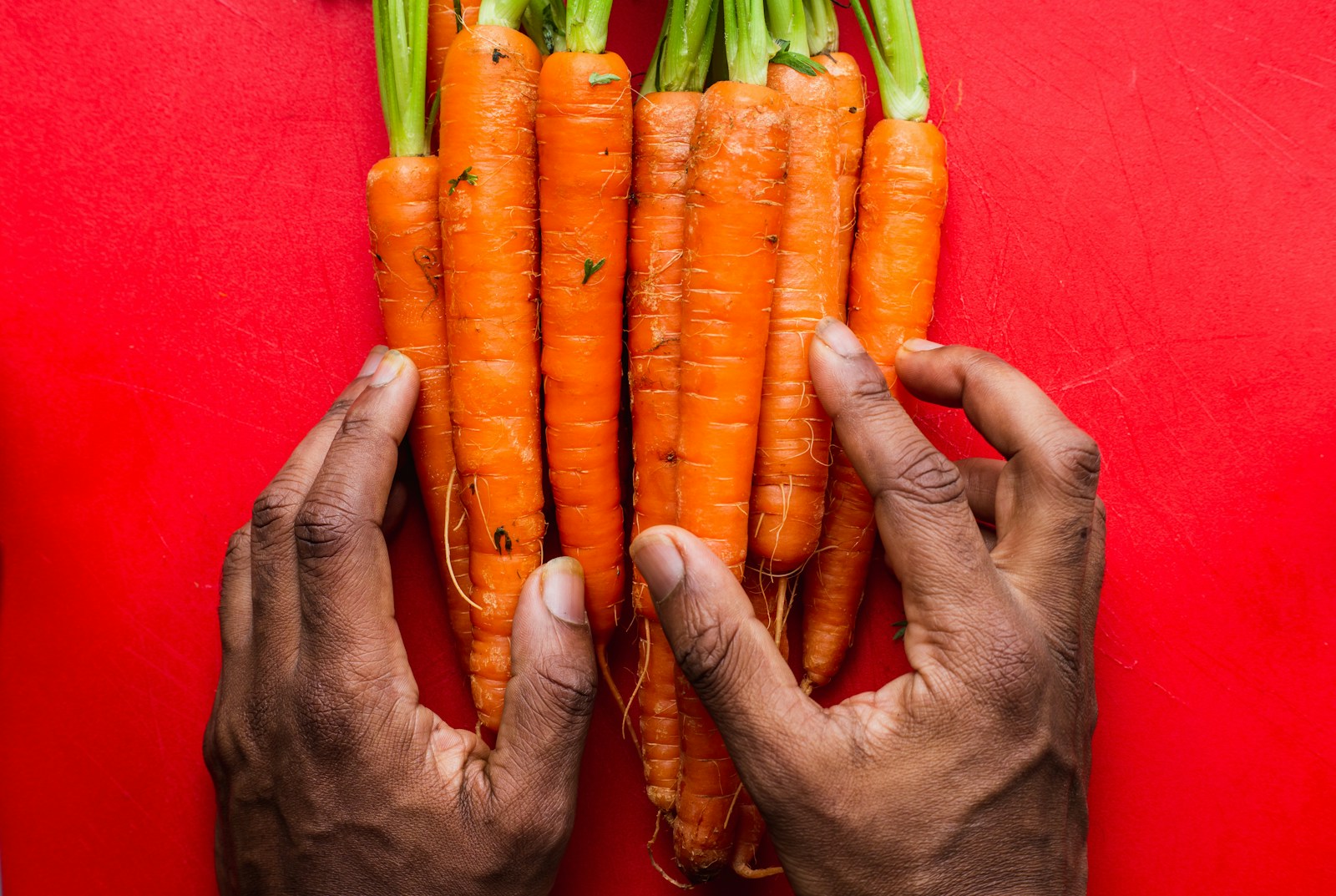Understanding Protein: What It Is and What It Does
Protein is made up of amino acids, often called the “building blocks of life.” There are 20 different amino acids, and they link together in chains to form proteins. Each amino acid is an organic molecule with a unique structure, and the sequence of amino acids determines the function of each protein 26
Protein is essential for:
- Muscle growth and repair
-
Immune function
-
Hormone and enzyme production
-
Skin, hair, and tissue health
Out of the 20, there are nine essential amino acids that the body can’t make on its own — these must be obtained from food. Foods containing all nine in adequate amounts are considered “complete proteins.”
Myth 1: “Only Animal Products Provide Complete Proteins”
This is one of the most common myths out there concerning food. This myth stems from a misinterpretation of early nutrition research. The current obsession with protein as it relates to muscle building and weight gain has made this myth even more convincing. Animal products do contain all essential amino acids in proportions similar to human needs. But that doesn’t mean plant foods are inferior.
✅ The Facts:
Scientific studies show that plants do contain all the essential amino acids, but some are present in smaller amounts compared to others rather than being completely absent. For example, grains are typically low in lysine, while legumes may be low in methionine135. This is why some plant foods are called “incomplete proteins”-not because they lack an amino acid entirely, but because one or more essential amino acids are present in limiting (very low) amounts135.
However, by combining different plant protein sources—such as peas, grains, nuts, and various seeds—it is possible to achieve a balanced amino acid profile that meets dietary requirements.
Research using databases of plant proteins and linear programming has identified optimal plant protein blends that closely mimic the amino acid profiles of animal proteins like egg white or whey, even matching the WHO reference profile for amino acid needs. This highlights that the issue is not the absence of amino acids in plants, but the variability in their amounts, which can be balanced through dietary variety or combining complementary plant proteins.
It’s actually not necessary to consume all nine essential amino acids in every single meal. – This is what I thought for a long time. The concept of “protein complementation” means that if you eat foods with different amino acid profiles at different meals during the same day, your body can combine them to meet its needs for all essential amino acids. This is possible because of the short-term amino acid pool. The idea that plant proteins must be “combined” in one meal (e.g., beans + rice) was debunked decades ago.
“Protein from a variety of plant sources, consumed over the course of a day, provides all essential amino acids.”
Here are some plant sources considered as complete proteins as they contain all essential amino acids in adequate amounts:
-
-
- Soy foods like tofu, tempeh, edamame, and miso
- Quinoa
- Buckwheat
- Amaranth
- Chia seeds
- Hemp seeds
- Spirulina
- Nutritional Yeast
-
If you would prefer to focus on complete proteins in one meal, these combinations help to achieve maximum (aka; complete) plant proteins:
- Whole grains + legumes – E.g. brown rice and lentils
- Whole grains +nuts or seeds – E.g., oat porridge topped with peanut butter or prepared with a nut milk
- Legumes + nuts or seeds – E.g. mixed bean salad topped with pumpkin seeds




